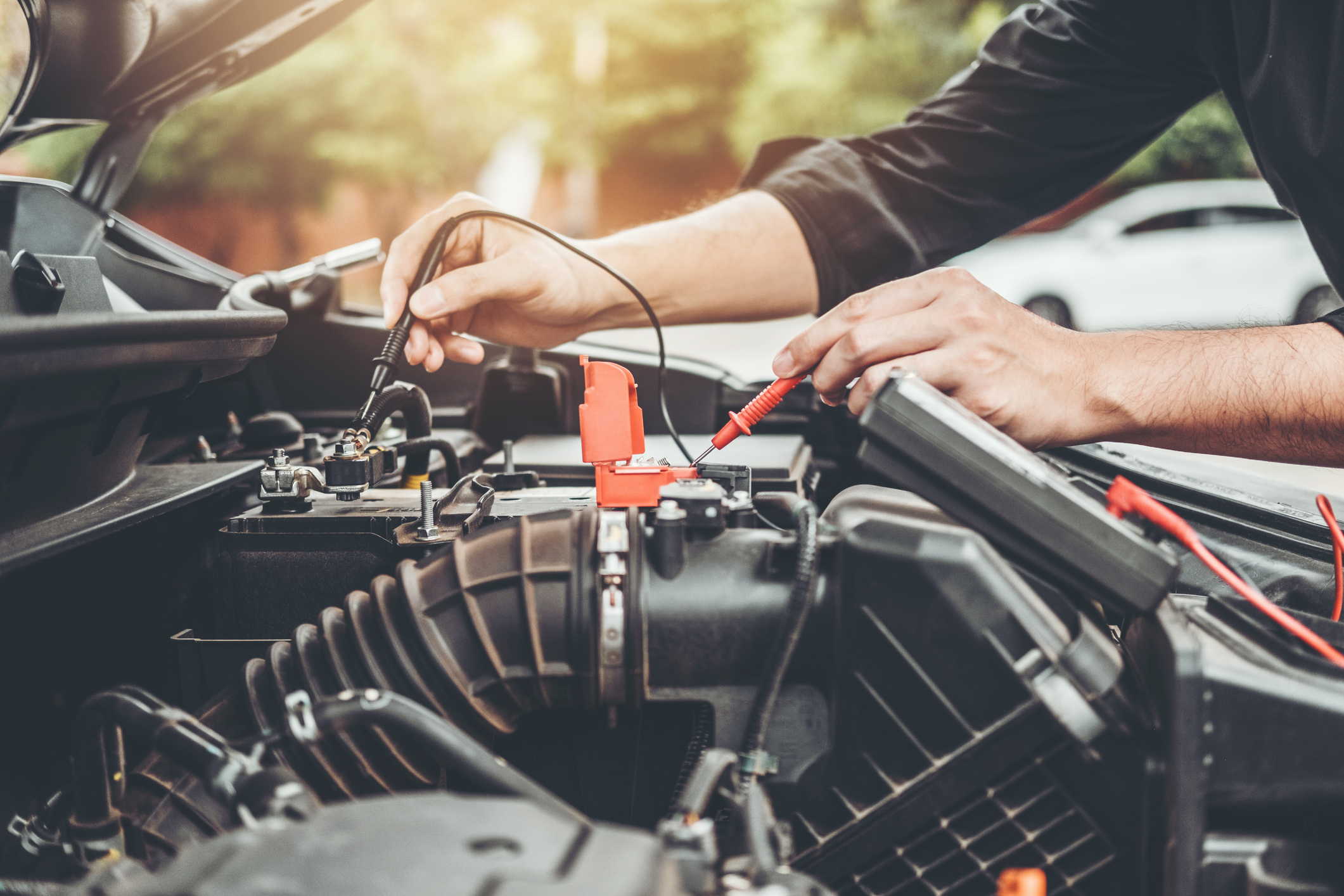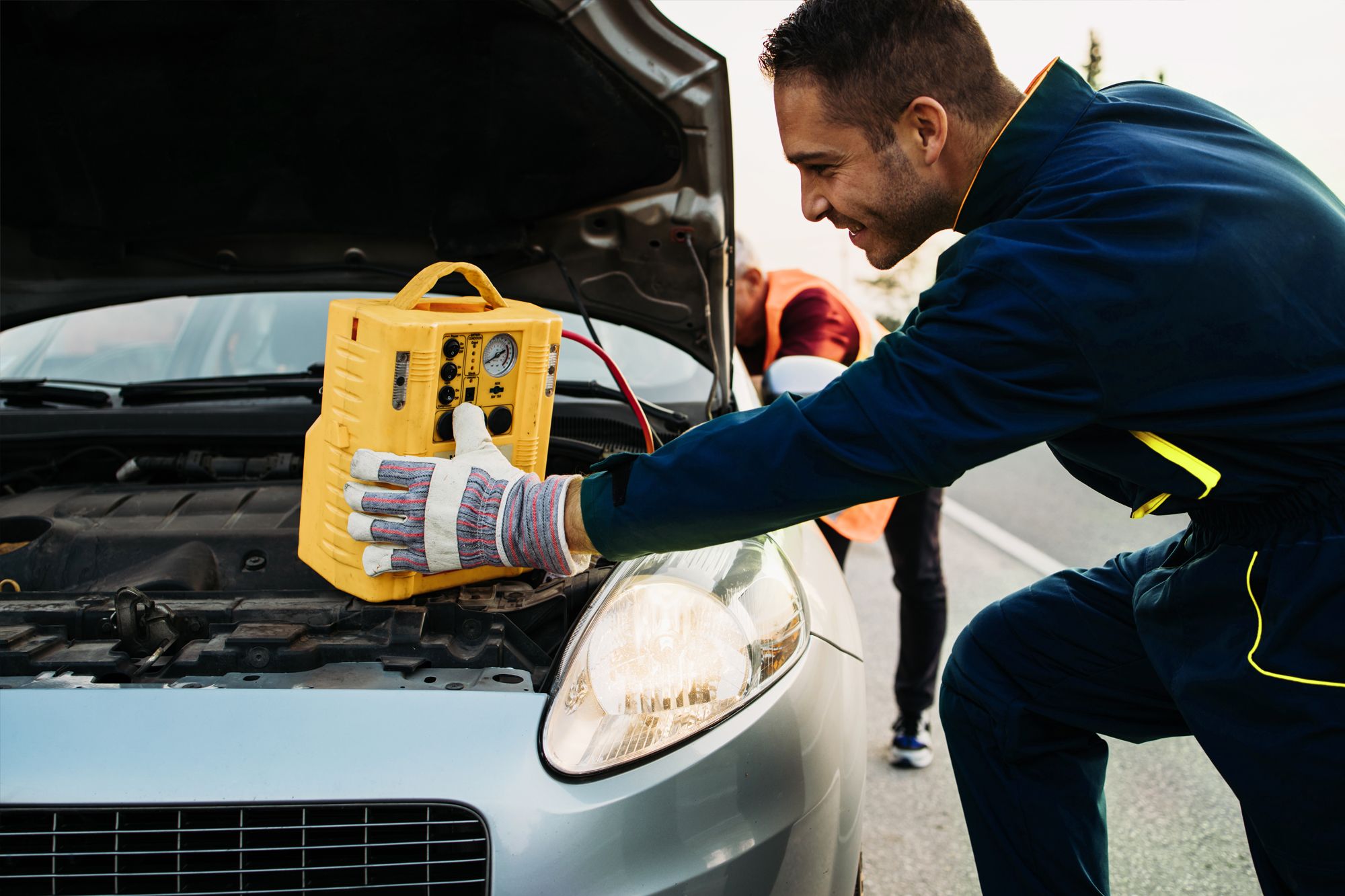All Categories
Featured

Exactly How to Prepare For Seasonal Car Maintenance
Every season brings its own collection of obstacles for your vehicle, from icy winter roadways to scorching summertime heat. Correct seasonal vehicle upkeep not just keeps your auto running efficiently however additionally guarantees safety and security and dependability throughout the year. Right here's how to intend successfully for each and every season's one-of-a-kind needs.- Understand Seasonal Difficulties. The very first step in planning seasonal auto upkeep is recognizing just how weather condition adjustments effect your car. For instance:
Wintertimes: Cold temperature levels can affect battery efficiency, tire pressure, and engine liquids. Springtime: Rain and melting snow can result in slick roadways and enhanced endure wiper blades. Summertime: Heat can stress the air conditioning system and tires. Loss: Dropping leaves and shorter days call for focus to exposure and illumination systems. By understanding these obstacles, you can proactively attend to potential problems before they occur.
- Winter Season Upkeep List. Planning for wintertime ensures your car handles extreme problems securely.

Install Winter Season Tires: Winter tires give far better hold on snow and ice. Check the Battery: Winter decreases battery capability. If needed, test its stamina and replace it. Examine Wipers and Washer Liquid: Usage wiper blades made for winter season and load the washer reservoir with freeze-resistant liquid. Round off Fluids: Guarantee transmission, oil, and antifreeze fluids are at ideal degrees. Emergency Set: Lug essentials like a shovel, jumper, covering, and flashlight wires in instance of unexpected failures. 3. Springtime Upkeep List. Springtime is the perfect time to undo winter's results and get ready for milder weather condition.
Thorough Cleansing: Eliminate road salt from your automobile's outside and undercarriage to stop rust. Evaluate Tires: Swap wintertime tires for all-season ones and inspect their placement and stress. Replace the Cabin Air Filter: Spring allergens can block the filter, affecting airflow and air top quality. Examine Brakes: Winter conditions can use down brake pads, so evaluate and change them if needed. 4. Summer Season Maintenance List. Heat needs extra take care of air conditioning and tire systems.
Cooling System Check: Examine the radiator, coolant levels, and hoses to protect against overheating. Cooling: Ensure your a/c is working successfully to maintain you cool. Screen Tires: Warmth can raise tire pressure, so check it on a regular basis to avoid blowouts. Examine Belts and Hoses: High temperature levels can create these elements to break down or break. 5. Loss Maintenance Checklist. As temperature levels cool down, prepare your auto for the demands of winter.
Battery Testing: Ensure the battery remains in excellent condition to deal with chilly beginnings. Tire Inspection: Examine walk depth and switch to winter season tires if temperature levels go down substantially. Lights and Visibility: Make sure all lights are functioning effectively, and change wiper blades for clear vision during autumn rains. Filters and liquids: Complement or replace liquids as required, and examine engine filters. 6. Set Up Regimen Inspections. Seasonal upkeep planning is most efficient when combined with routine professional assessments. A trusted mechanic can identify potential concerns, advise tailored solutions, and guarantee your automobile is planned for any seasonal difficulties.

Conclusion. Planning for seasonal auto maintenance is a positive means to secure your vehicle and improve its performance. Each period offers specific challenges, yet with correct treatment and attention, you can keep your vehicle in superb condition year-round. Take time to address seasonal needs, and you'll enjoy more secure, much more trusted driving no matter the climate.
Latest Posts
Maintain Your Rug Looking Its Best with Easy, Expert Care
Published Apr 20, 25
1 min read
Where Taste Fulfills Enjoyable at Lucky Road
Published Apr 20, 25
1 min read
Safeguard Your Building with Washington Fence's Premium Products
Published Apr 20, 25
1 min read